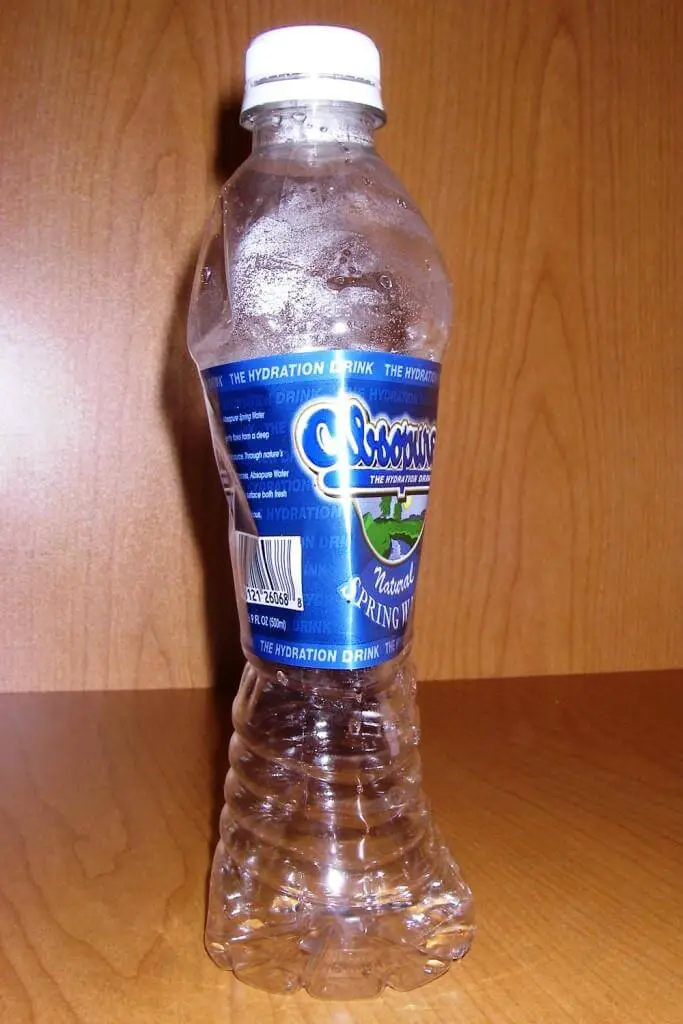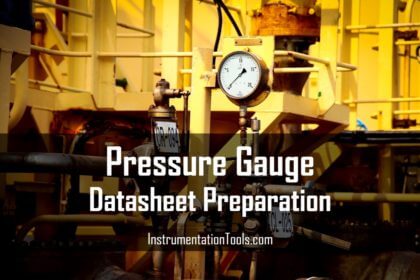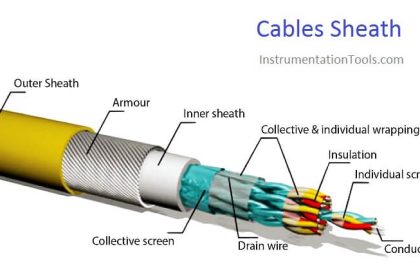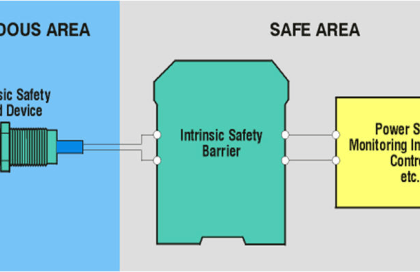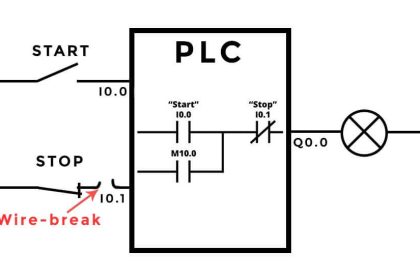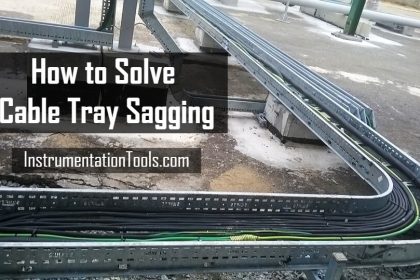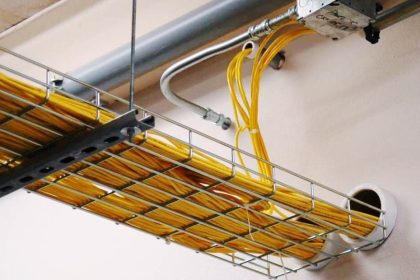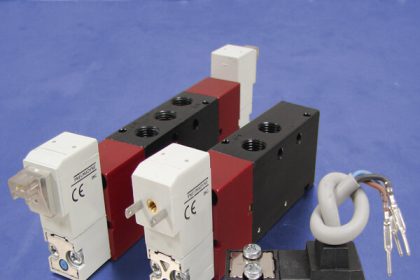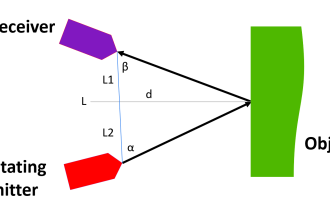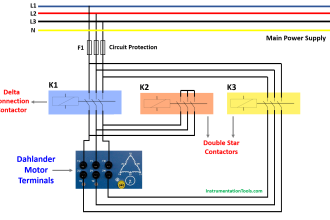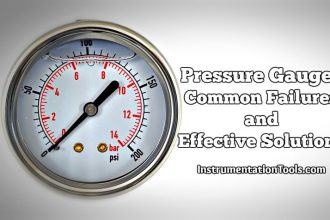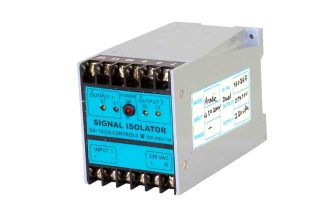I tried a small experiment at home !!
What I did was I took very hot water which had steam coming out, poured it in a plastic bottle, Tightly closed the lid and kept it In the Freezer.
What Happened?
The plastic bottle buckled up !
But why did this happen ??
Reason:-
Steam is in the Gaseous state. And we know the molecules of Gases are far apart from each other as compared to liquids and solids.
Now when steam is in a completely packed container and you cool it what happens?
The molecules come together as steam condenses and forms a liquid.
But there is not leak or space for the atmosphere to fill in this empty place.
Thus ”The great” Vacuum is created !!!
Does this happen in our industry ??
Pipe Cleaning:-
The pipes have to clean at regular intervals.
This is done by a variety of methods
- Blowing air to remove dust particle -pre-commissioning
- Passing a “Pig” (it is like a football) to clean (side note:- for such lines never use reduced bore valves as the pig will get stuck in it )
- Steam Cleaning
Now the third one interests us at the moment.
Usually, our systems (pipes) are closed such that the atmosphere cannot enter and when steam cleaning is done. The steam will eventually cool and as discussed above Vacuum will be formed.
The process people also inform us when they mention in Design pressure condition as FV (Full Vacuum)
But should we bother about Vacuum ? will it matter to us?
Yes, it affects a lot of instruments in different ways.
1. Torque Calculation in Valves:-
The vacuum must also be accounted for when calculating torque for opening a completely shut valve (if the vacuum is created inside the pipe when the valve was in the closed state after steam cleaning) as there would be additional torque required to open the valve.
2. Seal Fluid selection:-
The Boiling point of water is 100°C at ATMOSPHERIC CONDITION, But at full Vacuum, it starts boiling at 0°C.
The same principle works for other fluids also, Especially while selection the fill fluid of diaphragm seal assembly. the Vendor has a pressure-temperature curve that must be used while selecting the fill fluid in vacuum cases. Otherwise, the Liquid inside the Diaphragm seal assembly will boil.
3. Mounting:-
As per API 551, the following is recommended for mounting transmitter in vacuum service.
Vacuum applications present a special problem for diaphragm seal use. Fill fluids usually have a separate temperature range specified for vacuum conditions.
The measured vacuum could be less than the fill fluid vapor pressure else:-
— Mount the transmitter 1 m (3 ft) or lower below the tap or more !.
The actual head pressure should be calculated by multiplying the vertical distance between the bottom tap and transmitter by the specific gravity of the fill fluid to ensure that the fill fluid is above its vapor pressure.
As the pressure moves closer to a full vacuum, acceptable accuracy levels become difficult to achieve. This is due to the fact that most fill fluids contain microscopic amounts of trapped air and gases, which tend to expand significantly as absolute zero pressure is approached
(Note:-This is if vacuum condition occurs in operating conditions, not design conditions that exact head must be calculated)
This above explanation is from API 551
Why mount Transmitter below lower tapping?
The article below explains this in detail
4. Magnetic flowmeter’s liners:-
Vacuum conditions could cause some meter liners (e.g. PTFE) to collapse, particularly in sizes larger than four inches. Steaming, for the startup, clean out, etc., could result in a vacuum or the overheating that could damage a liner. (Reference API 551 Page 79)
5. Gauge Valves:-
Gauge valves have ball checks as a standard feature. In the event of gauge failure, they help prevent vessel content loss. However, they should not be used in vacuum or steam services. (Reference API 551 Page 149)
6. Valve seals/packing: –
Many on/off or control valve seals can deal with high pressures, but only some versions allow vacuum conditions. So check precisely whether it will withstand vacuum condition!
Thanks for reading !!
Credits:-I learned about this concept from Mick Vermeer, I am really very grateful to Mick for sharing this concept with me !!!!
Author: Asad Shaikh
Profile: Linkedin
Read Next:
- Accuracy and Turndown
- Cables Sheath Material
- Pneumatic Manifold Selection
- Thermal Effect on Sensors
- Field Instruments Scaling
